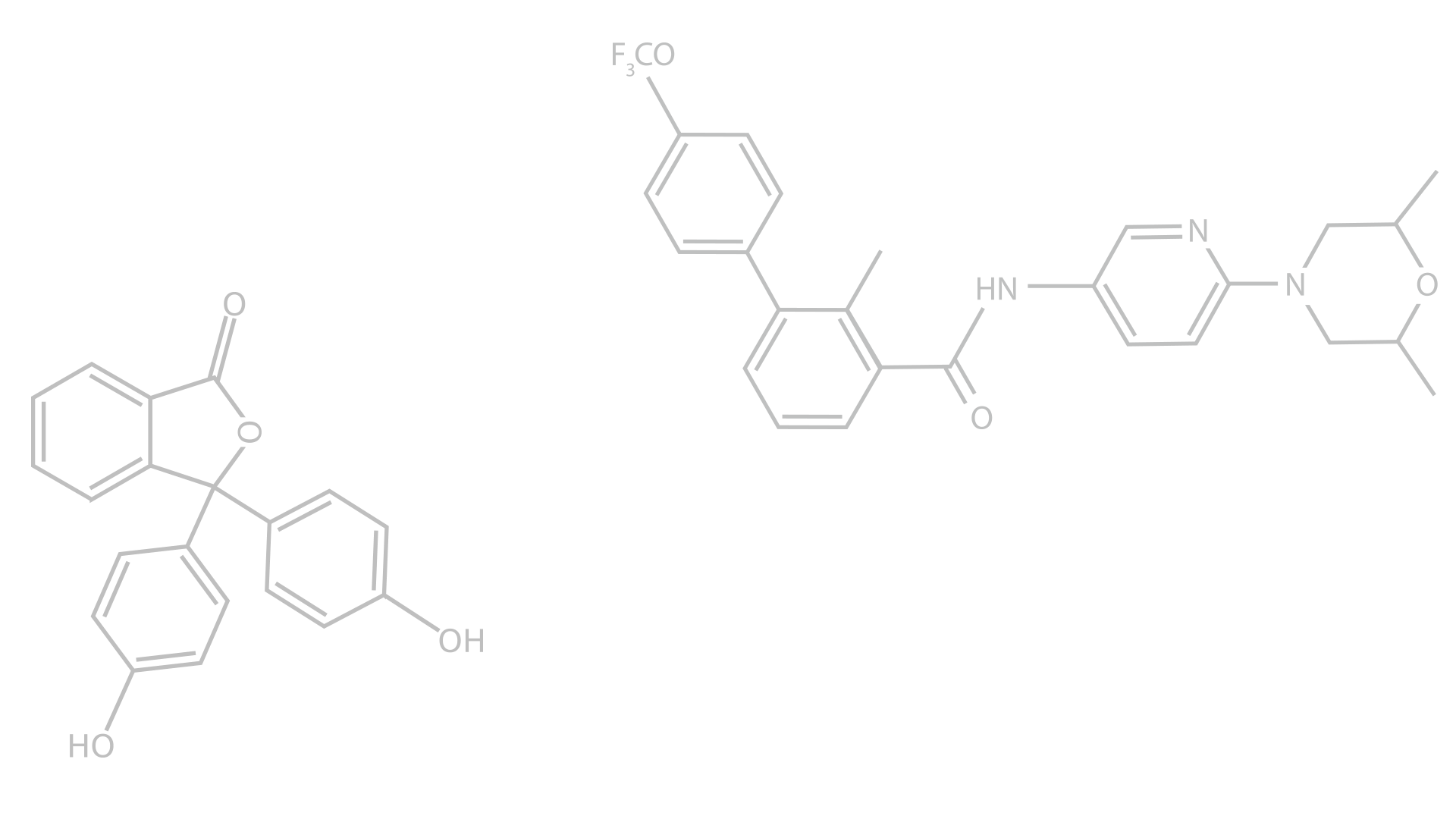


Petrographic Analysis: Unveiling the Microscopic World of Materials
In the intricate world of mining, environmental studies, geotechnical engineering, and materials science, understanding the composition and structure of materials isn't just beneficial—it's essential. Enter petrography, a microscopic analysis technique that serves as a cornerstone in these fields, offering a lens into the microscopic features of rocks and materials that dictate their macroscopic properties. But what exactly is petrography, and how does it illuminate the unseen details of materials? Let’s dive into the fascinating world of petrographic analysis, where every grain and crystal tells a story.
What is Petrography?
At its core, petrography is the study of rocks and materials under the microscope. It’s a technique used to analyze the mineralogy, texture, and structure of geological specimens, providing invaluable insights into their origin, formation processes, and potential applications. Petrography is pivotal in fields ranging from oil and gas exploration to construction, where understanding material properties can influence critical decisions.
Sample Preparation for Petrography
The journey into the microscopic world begins with meticulous sample preparation. Samples, typically thin sections of rock or material, are sliced to a thickness of about 30 micrometers, allowing light to pass through the minerals. This precision reveals the hidden beauty and complexity of the material, showcasing its components in stunning detail. The preparation process, which involves cutting, grinding, and polishing, is as much an art as it is a science, requiring skilled hands and a keen eye.
Types of Samples Analyzed
Petrographic analysis isn't limited to a single type of sample; it encompasses a broad range of geological and synthetic materials. Commonly analyzed samples include:
- Igneous Rocks: To understand their crystallization history and mineral composition.
- Sedimentary Rocks: For insights into sediment origin, transport history, and depositional environments.
- Metamorphic Rocks: To decipher the conditions and processes of metamorphism.
- Concrete and Aggregates: In construction, to assess material quality, potential reactivity of aggregates, and the causes of deterioration.
Tools of the Trade: Microscopes in Petrography
Petrographic analysis wouldn't be possible without the microscopes designed to explore the minuscule. The polarizing light microscope (PLM) is the petrographer's primary tool, capable of revealing the optical properties of minerals that are invisible to the naked eye. Meanwhile, scanning electron microscopes (SEM) offer a deeper dive, magnifying the surface of samples up to 100,000 times or more. Each microscope serves a unique purpose, from identifying mineral composition with PLM to examining surface textures with SEM.
Transmitted vs. Reflected Light Microscopy
Petrography utilizes two main illumination techniques: transmitted and reflected light microscopy. Transmitted light, passing through thin sections, unveils the internal structure of minerals, their colors, and optical properties. Reflected light, on the other hand, is used to examine opaque materials, such as metals and ores, reflecting off the sample's surface to highlight features like luster and grain boundaries. These complementary methods provide a comprehensive view of a material's characteristics.
Benefits and Limitations of Petrographic Analysis
The advantages of petrographic analysis are manifold. It enables the detailed characterization of materials, from identifying minerals and their textures to understanding geological histories. However, the technique is not without its limitations. The interpretation of petrographic data requires extensive expertise, and the method may not provide all the answers for complex materials or processes. Yet, in the hands of skilled professionals, petrography remains an indispensable tool in material science.
What is Reported in a Petrographic Analysis?
A petrographic report is a detailed document that describes the mineral composition, texture, and other key features of the sample. It may include mineral descriptions, grain size distributions, and point counts, among other data. These reports are crucial for industry professionals, offering insights that guide exploration, production, and quality control decisions. Through clear visuals and precise language, petrographic reports translate complex microscopic observations into actionable knowledge.
Conclusion
Petrographic analysis offers a window into the microscopic world of materials, revealing details that are crucial for various scientific and industrial applications. From sample preparation to the final report, each step in the process is a blend of art and science, requiring precision, expertise, and a deep understanding of the material at hand. By uncovering the secrets hidden within rocks and materials, petrography not only answers pressing questions but also sparks curiosity about the microscopic marvels of our world.